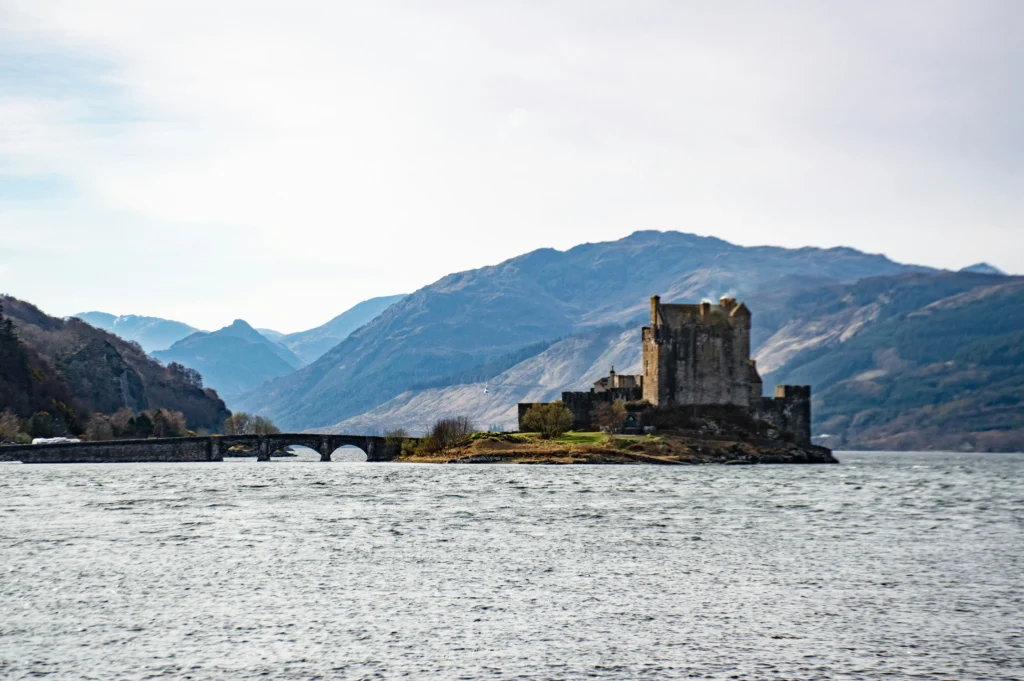
Fact | Detail |
Gaelic name | Eilean Donnain |
Meaning | Island of Donnán, named after the 6th‑century Irish saint Donnán of Eigg |
Location | Near the village of Dornie in the western Highlands of Scotland, at the confluence of three sea‑lochs, Loch Duich, Loch Long and Loch Alsh |
First castle built | Early 13th century, probably during the reign of Alexander II |
Clans associated | MacKenzie of Kintail and their allies the MacRaes and MacLennans |
Destroyed | The Royal Navy blew up the Jacobite‑held castle in 1719 |
Restoration | Lt. Col. John MacRae‑Gilstrap rebuilt the ruin between 1919 and 1932 |
Visitors | Opened to the public in 1955; over 314 000 visitors in 2009 |
Conservation | Run by the Conchra Charitable Trust since 1983 |
The castle sits on a small island at the meeting point of Loch Duich, Loch Long and Loch Alsh in the western Highlands. It lies about a kilometre from the village of Dornie and is connected to the mainland by a beautiful arched stone bridge built during the 20th‑century reconstruction. This location was chosen because it offered a defensible position controlling the sea routes through Kintail; even today the views down each loch are spellbinding. The island forms part of the Kintail National Scenic Area and has no permanent residents.
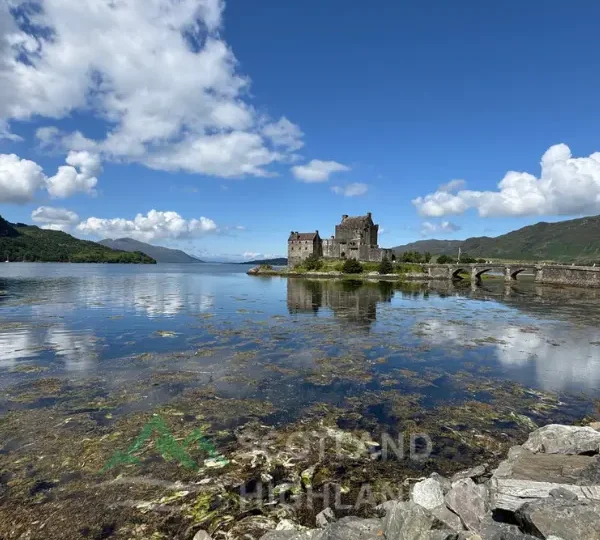
“Eilean Donnain” means “Island of Donnán”. According to tradition, Saint Donnán of Eigg, an Irish monk martyred in 617 CE, visited the area around 580 CE. He is believed to have established a small monastic cell on the island, and several churches in the region are dedicated to him. Although no trace of his chapel survives, the island’s name preserves his memory.
Archaeological evidence suggests that the island may have been fortified during the Iron Age. The first recorded castle was built in the early 13th century, probably by order of King Alexander II. At that time the lochs formed the border between the Norse‑Celtic Lordship of the Isles and the Earldom of Ross, and a strong fortress was needed to repel Viking incursions. A legend tells of a Matheson clansman who could converse with birds; Alexander II supposedly rewarded him with wealth and the task of building the castle.
The 13th‑century castle enclosed most of the island behind a curtain wall. A tower house was added in the 14th century; archaeological excavations show that it measured about 16.5 × 12.4 m, had walls nearly 3 m thick and rose several storeys. Later, the outer wall was reduced and a hornwork (an angled platform for artillery) was built on the east wall to accommodate cannons. By the 16th century the castle was a well‑garrisoned stronghold for the Mackenzie of Kintail, who appointed their allies the MacRaes as constables.
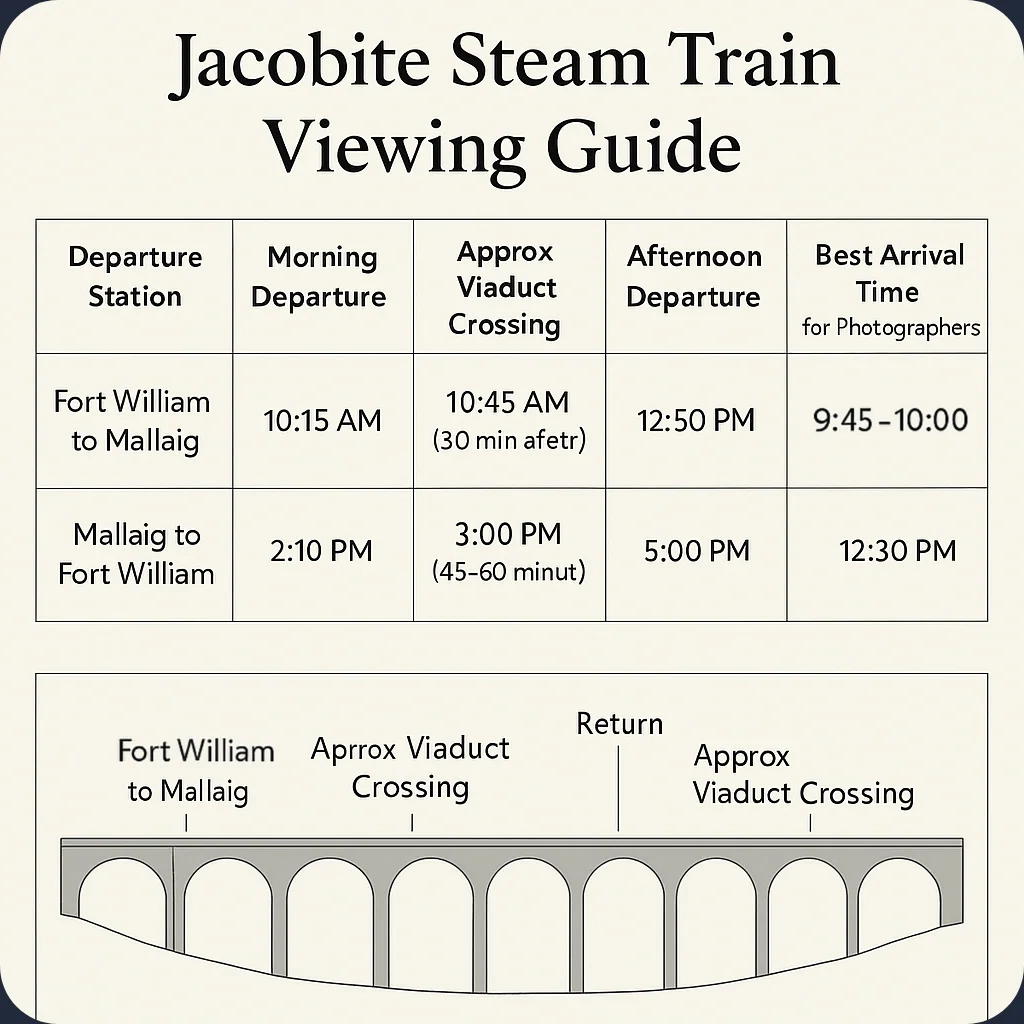
Feuding among Highland clans and interventions by the Scottish Crown defined much of the castle’s medieval story. The Mackenzie chronicles recount dramatic episodes: heads of wrongdoers displayed on the walls in 1331, sieges and retaliatory raids, and the murder of a constable that touched off further conflict. In the 17th century the MacRaes’ Reverend Farquhar Macrae combined his roles as minister and castle constable, hosting lavish gatherings for the Earl of Seaforth and hundreds of retainers.
During the Jacobite uprisings the castle played an active role. Government troops briefly occupied it in 1715, but soon after it was retaken by the Jacobites. In 1719 a force of 300 Spanish soldiers supporting the Jacobites landed in Loch Duich and occupied Eilean Donan. The Royal Navy responded: on 10 May 1719 the frigates HMS Worcester, HMS Flamborough and HMS Enterprise bombarded the fortress, then stormed ashore under cannon fire and captured it. Inside they found 343 barrels of gunpowder, which they used to blow up the castle’s massive walls. For almost two centuries the ruins stood exposed to the elements.
In 1911 Lt. Colonel John MacRae‑Gilstrap bought the island and began an ambitious restoration. He and his clerk of works Farquhar Macrae spent 20 years rebuilding the castle according to surviving plans, adding an arched bridge to the mainland and a memorial to clan members who fell in the First World War. The restored Eilean Donan opened in July 1932. It welcomed the public from 1955, and in 1983 ownership passed to the Conchra Charitable Trust, which maintains the site today. A purpose‑built visitor centre opened on the mainland in 1998.
Eilean Donan’s picturesque setting has made it a popular filming location. It has featured in films such as Bonnie Prince Charlie (1948), The Master of Ballantrae (1953), Highlander (1986), The World Is Not Enough (1999), Elizabeth: The Golden Age (2007) and Made of Honour (2008). In the 1986 film Highlander it doubled as the village of Glenfinnan, it also appeared as MI6’s Scottish headquarters in the James Bond film The World Is Not Enough and as the family home in the romantic comedy Made of Honour. The castle is regularly described as one of the most photographed monuments in Scotland, drawing hundreds of thousands of visitors each year.
Eilean Donan’s design reflects both medieval defence and romantic revival. The reconstructed castle comprises a central keep surrounded by a courtyard and thick stone walls. Inside you can explore the banqueting hall, bedrooms, kitchens and displays of weapons and artefacts that tell the story of the clans and the Jacobite uprisings. A small museum features the Clan Macrae Roll of Honour and personal objects from the restoration era. Outside, the war memorial dedicated to the MacRaes who died in the First World War, flanked by grey field guns, is worth a pause.
Although the castle is built on the original footprint, much of the medieval fabric was lost during the 1719 explosion and subsequent weathering. Archaeological excavations in 2008–09 uncovered traces of the 13th‑century curtain wall and tower foundations, confirming descriptions by the 16th‑century map‑maker Timothy Pont of “a strong and fair dungeon, with another tower compassed with a fair barmkin wall”.
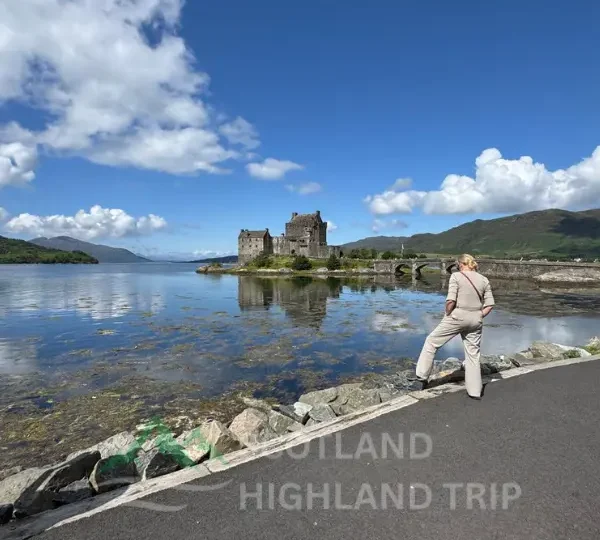
The visitor centre on the mainland houses a ticket office, an informative exhibition, a coffee shop and a gift shop. There is ample car parking, and both independent travellers and tour groups are welcome. While the medieval staircases make the castle itself inaccessible to wheelchair users, a virtual tour is available for visitors with reduced mobility.
Eilean Donan Castle is generally open daily from spring through autumn, with reduced hours in winter. Final entry is usually around half an hour before closing. Tickets can be purchased on-site or as part of organised tours to the Isle of Skye. To avoid crowds, consider visiting early in the morning or late afternoon when coach parties have moved on. Booking ahead is advisable during the high season (May to September), particularly if you want to join a guided tour.
Photographers flock to Eilean Donan for its mirror‑like reflections and cinematic backdrop. For classic postcard shots, walk along the shore near the road bridge to capture the castle framed by water and mountains. Golden hour (shortly after sunrise or before sunset) bathes the stone walls in warm light and often produces a calm loch surface. At high tide the island appears to float; at low tide the rocky foreshore is exposed. Winter visits reward you with fewer crowds and, if you’re lucky, snow‑capped peaks.
No. Although the castle is sometimes associated with television dramas because of its romantic setting, neither Outlander nor Game of Thrones filmed at Eilean Donan. Doune Castle in Perthshire played Castle Leoch in Outlander and featured as Winterfell in the pilot episode of Game of Thrones. Eilean Donan did, however, stand in for the village of Glenfinnan in the film Highlander (1986) and later appeared in the James Bond film The World Is Not Enough and the romantic comedy Made of Honour.
Yes. Unlike many photogenic ruins, Eilean Donan is fully roofed and furnished thanks to its 20th‑century restoration. Your ticket grants access to the interior rooms, exhibits and ramparts. You can also wander around the island’s perimeter for alternative photo angles and watch for otters and seabirds in the loch.
A map of the castle and island is included in the admission booklet. The visitor centre also displays a relief model illustrating the original medieval layout and subsequent changes. If you are planning a visit, online route planners can provide driving directions to “Eilean Donan Castle, Dornie, Kyle of Lochalsh, IV40 8DX”.
Tickets are available on the official Eilean Donan Castle website, at the on‑site ticket office or through tour operators. Many Isle of Skye day tours include entry. Purchasing online in advance can help you skip queues during busy periods.
Eilean Donan is ideally placed for exploring the wider Highlands and Skye:
Hear from our beloved clients regarding their unforgettable journeys through the
Scottish Highlands with us.

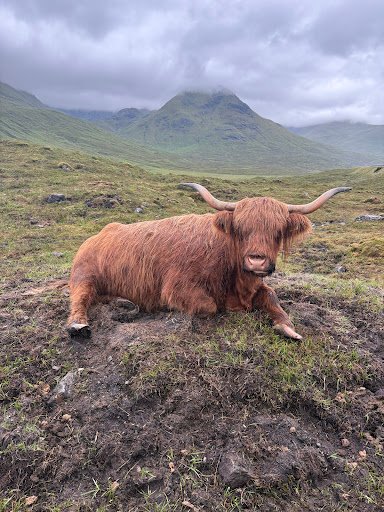
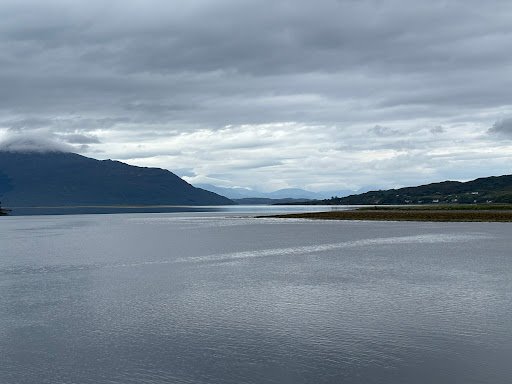
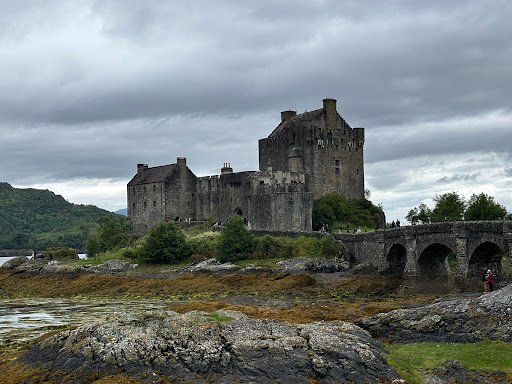
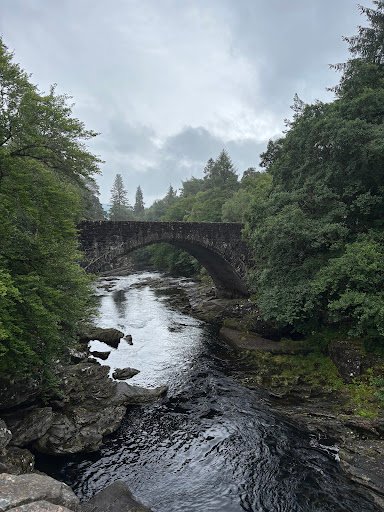
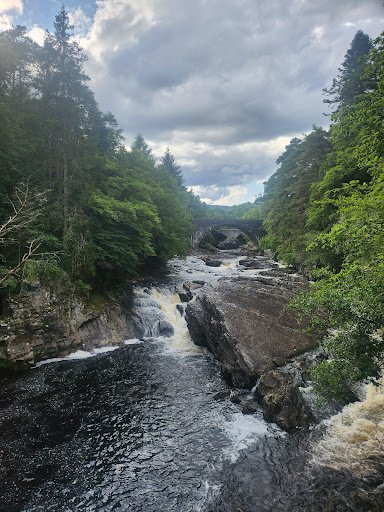
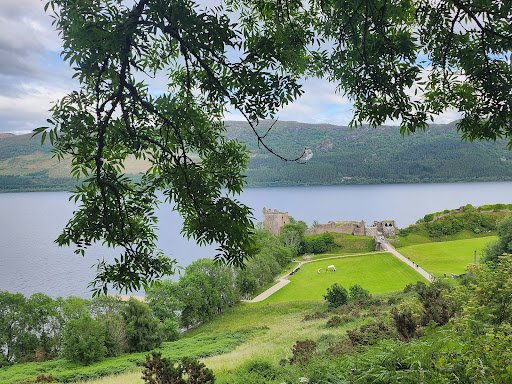

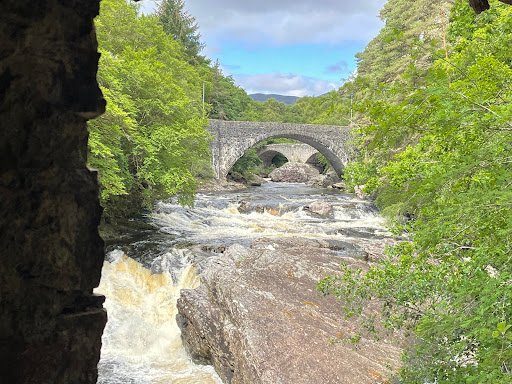


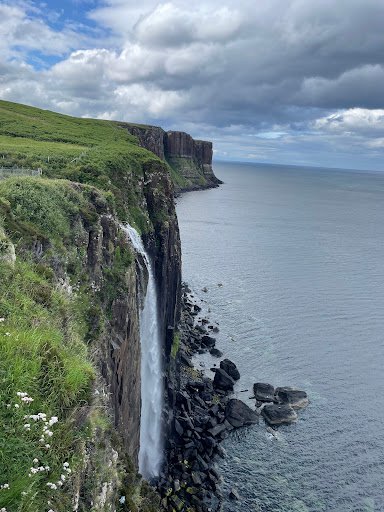
Ready to explore the Scottish Highlands? Get in touch and let us create your perfect
Highland adventure.
+44 7741 836244
+44 7849 742124
info@scotlandhighlandtrip.com
Experience the magic of the Scottish Highlands with our expertly guided tours. Discover ancient castles, pristine lochs, and breathtaking landscapes.
12 Larch Pl, Culloden, Inverness IV2 7LD, United Kingdom
© 2025 Scotlandhighlandtrip. All rights reserved.
© 2025 Scotlandhighlandtrip. All rights reserved.